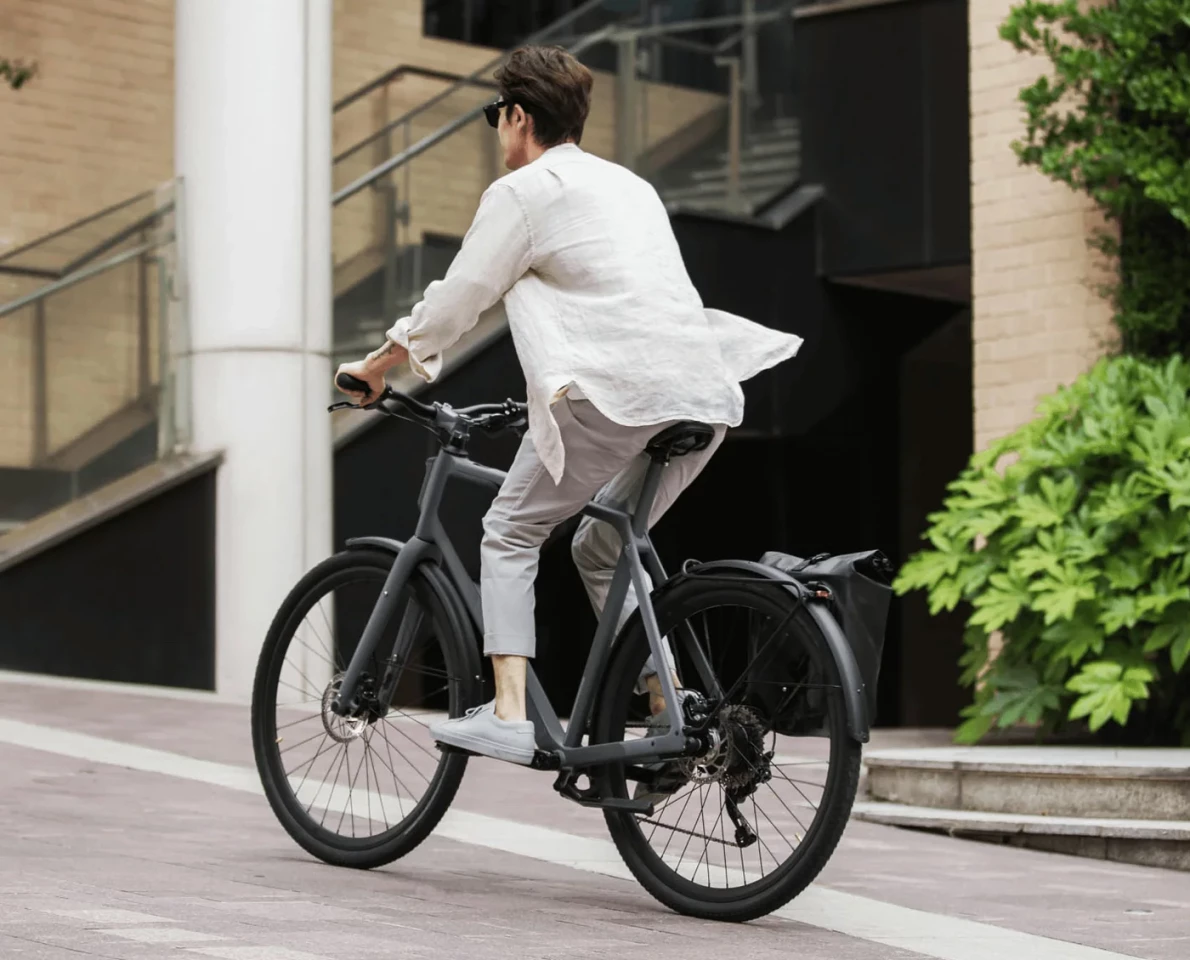Although virtually all hub-motor ebikes offer a zero-assistance mode, the hub typically remains engaged with the motor, creating resistance when pedaling. The Lemmo One addresses that problem with a unique motor-releasing clutch mechanism.
Made by German startup Lemmo (Light Electric Micro Mobility), the One looks for the most part like a regular completely human-powered bicycle.
The main things that visually give away its ebikey-ness are a 250-watt rear hub motor (which produces 40 Nm/30 lb ft of torque) and a frame-mounted "Smartpac" that contains the 540-Wh lithium battery, motor controller and other electronics.

When the One is being used in ebike mode, riders simply press a button on the handlebars to select a level of motorized assistance. The motor will thusly kick in as needed, taking them to a top assisted speed of 25 km/h (16 mph). One 3.5-hour charge of the battery is reportedly good for a range of up to 100 km (62 miles).
When riders don't plan on using the motor at all on a ride, they just pop off the Smartpac then pull out and twist a cap on one end of the special dual-mode rear hub. Doing the latter activates a clutch which disengages the motor from the hub axle. While the motor will still passively revolve along with the rest of the hub, it won't create any mechanical resistance, making pedaling considerably easier.

Other standard features include a powder-coated weldless (bonded) aluminum frame and a carbon fiber fork; integrated lighting (including a headlight that can be removed and used as a flashlight); a 100-decibel theft alarm and GPS tracking; a down-tube-integrated LCD display; hydraulic disc brakes; plus a Shimano Deore 1 x 10 drivetrain – a belt-drive option is also available.
The bicycle itself is claimed to tip the scales at 15 kg (33 lb) with the Smartpac adding another 3 kg (7 lb) for a total weight of 18 kg (40 lb) in ebike mode.
Prices start at €1,090 (about US$1,184) for just the base bike, with €900 required for the Smartpac, bringing the total ebike price to €1,990 ($2,161). The Smartpac can also be rented, although that option is currently only available in Berlin.
You can see the Lemmo One in action, in the video below.
Source: Lemmo








